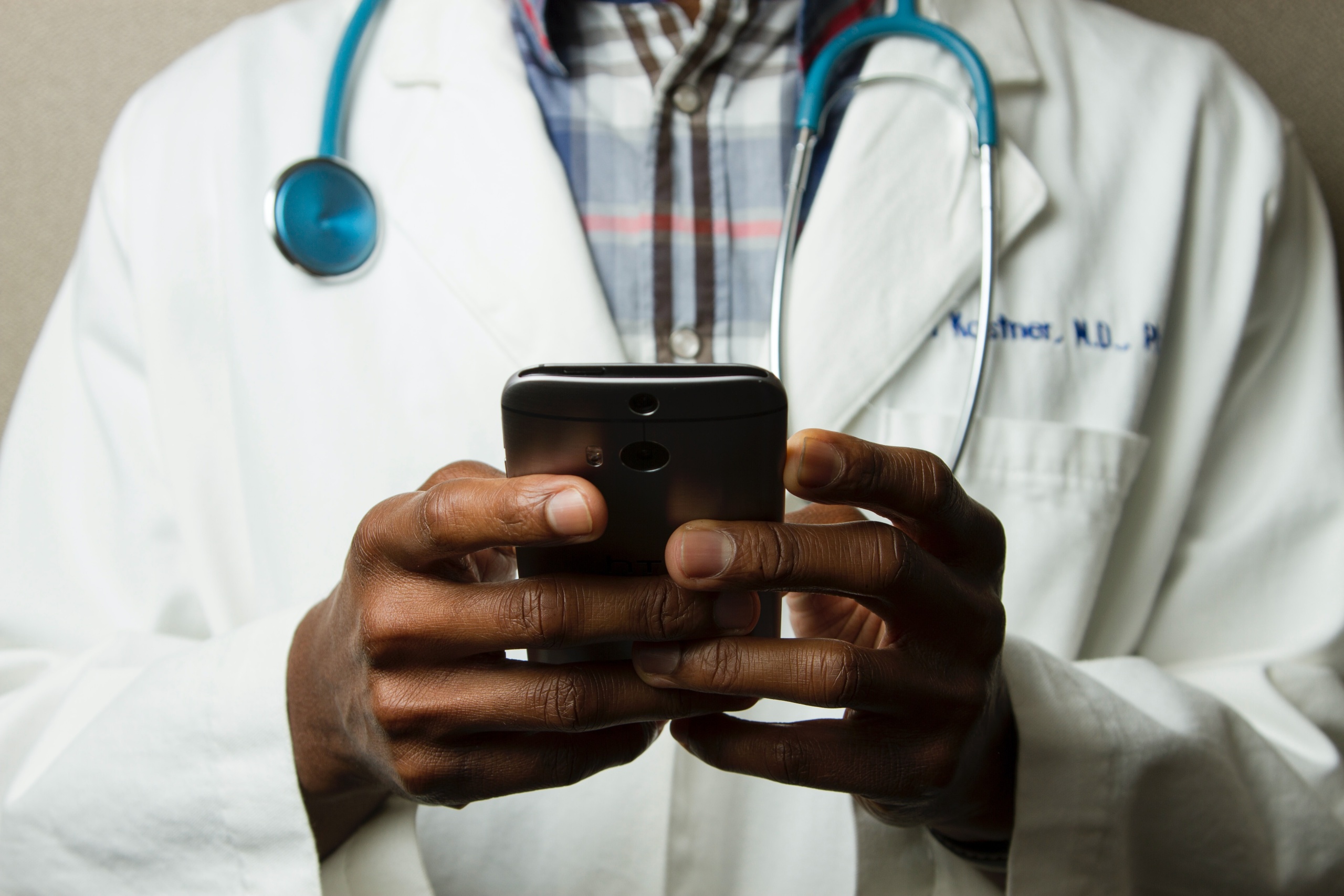In recent years, the healthcare sector has witnessed a surge in technological advancements, with teledentistry emerging as a significant player in revolutionizing dental care. This innovative approach to dental care has been particularly amplified during the COVID-19 pandemic, offering a safe and efficient alternative to traditional in-person consultations. This article explores the rise of teledentistry, its benefits, challenges, and the potential it holds for the future of dental care, drawing insights from various reputable sources.
A New Dawn in Dental Care
Teledentistry, a subset of telemedicine, utilizes technology to facilitate remote dental care, consultations, and education. This approach has been gradually gaining traction over the past decade, with the COVID-19 pandemic serving as a catalyst for its widespread adoption. Teledentistry can occur in real-time or asynchronously, where information is stored and forwarded later, offering improvements in cost-effectiveness, accuracy, and efficiency.
Expanding Reach and Accessibility
One of the most significant advantages of teledentistry is its ability to increase access to dental care, particularly in remote areas. This technology has made it possible for individuals in Southeast Asian countries, where dental care might be less accessible, to receive consultations and treatment planning online. This expansion has not only reduced the risk of virus transmission during the pandemic but has also made dental care more accessible and cost-effective.
Innovations in Delivery Methods
Teledentistry has introduced innovative delivery methods, offering convenience and personalized care to patients. These advancements have facilitated easier consultations between dentists and specialists, ensuring optimal patient outcomes. Moreover, the integration of artificial intelligence (AI) and machine learning (ML) in dentistry has complemented the development of digital technologies and tools, enhancing the accuracy of dental restorations and facilitating the design of high-performance decision support systems.
Navigating Challenges and Risks
Despite its numerous benefits, the implementation of teledentistry is not without challenges. The Southeast Asian region faces several hurdles, including technical issues, high expenditure, slow internet speeds, political clearances, and inadequate health infrastructure. Moreover, dentists utilizing teledentistry must navigate potential risks such as professional liability claims and licensing board actions.
Ensuring Compliance and Security
To mitigate the potential risks associated with teledentistry, practitioners must adhere to state laws and regulations and maintain a standard of care in line with state standards of practice. Furthermore, they have the responsibility to ensure the confidentiality and integrity of the information exchanged, complying with security requirements under the Health Information Technology for Economic and Clinical Health (HITECH) Act of 2009 and state-specific requirements.
During the COVID-19 public health emergency, there was a temporary relaxation of HIPAA security requirements, allowing the use of nonpublic-facing remote communication products to communicate with patients. However, as the sector evolves, it is imperative to develop and implement policies and procedures that ensure the ongoing protection of patient information.
Developing a Robust Framework
To successfully implement a teledentistry program, practitioners must develop criteria for patient selection, obtain informed consent, and document services in the patient’s dental record. Additionally, they need to educate staff on technology use and secure file transmission, retain images as per state or local requirements, and maintain patients’ rights regarding the privacy and security of protected health information.
Looking Ahead: The Future of Teledentistry
As we navigate the new normal, it is essential to consider how teledentistry can be further integrated into mainstream healthcare to continue its benefits post-pandemic. The future of digital dentistry seems to be heading towards the development of integrated approaches that offer personalized treatments to patients, with esthetic dentistry benefiting from models that allow a complete characterization of tooth color.
Establishing Comprehensive Guidelines
To foster the growth and safe practice of teledentistry, it is crucial for governing bodies and regulatory authorities to work together to establish comprehensive guidelines and policies. These guidelines should address the legal, scientific, and ethical issues surrounding teledentistry, ensuring that practitioners can provide safe and effective care to patients remotely.
Enhancing Infrastructure and Training
To overcome the current challenges faced in implementing teledentistry, especially in developing countries in the Southeast Asian region, it is vital to invest in enhancing infrastructure and training. Strategies to improve internet speed and address technical issues must be developed, along with training programs to equip dental professionals with the necessary skills to navigate the digital landscape of dental care.
Case Studies: Teledentistry in Action
To further illustrate the transformative impact of teledentistry, let’s explore a few case studies that highlight the real-world applications of this technology:
- Remote Consultations in Rural Areas: In a remote village in Southeast Asia, a teledentistry program was initiated to provide dental consultations to residents who previously had limited access to dental care. Through this program, residents were able to receive consultations and treatment planning from experienced dentists, improving oral health outcomes in the community.
- Collaborative Care with Specialists: In another instance, a general dentist utilized teledentistry to collaborate with a specialist in orthodontics to develop a comprehensive treatment plan for a patient with complex orthodontic needs. This collaboration facilitated a more coordinated approach to care, resulting in a successful treatment outcome.
- AI-Enhanced Treatment Planning: A dental clinic leveraged AI and ML technologies to enhance treatment planning for patients seeking cosmetic dental procedures. Through the use of AI-powered software, the clinic was able to develop personalized treatment plans that took into account various factors such as tooth color and shape, resulting in more aesthetically pleasing outcomes.
Conclusion
The rise of teledentistry marks a significant milestone in the evolution of dental care, offering a promising avenue to expand access to dental services and improve patient outcomes. As we stand on the cusp of a new era in dental care, it is essential to navigate the challenges and potentials that teledentistry presents carefully.
By fostering collaboration between governing bodies and practitioners, developing comprehensive guidelines, and investing in infrastructure and training, we can pave the way for a future where teledentistry is a mainstream component of dental care, offering safe, efficient, and personalized services to patients globally.
With the integration of AI and ML, the future holds immense potential for further advancements in teledentistry, promising to revolutionize the field with enhanced accuracy, personalized treatments, and high-performance decision support systems. As we look ahead, it is clear that teledentistry will continue to play a crucial role in shaping the future of dental care, bridging gaps, and breaking barriers to access, one virtual consultation at a time.




